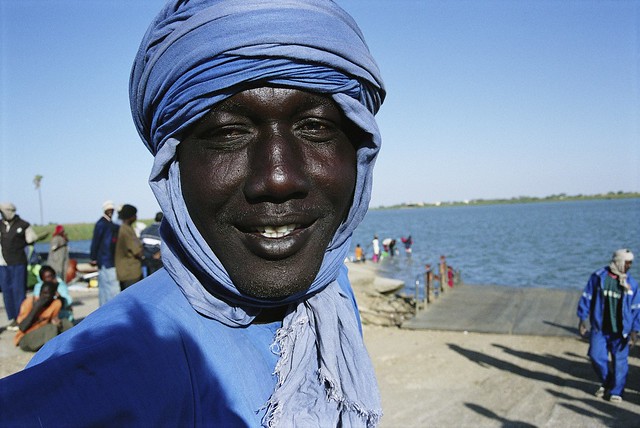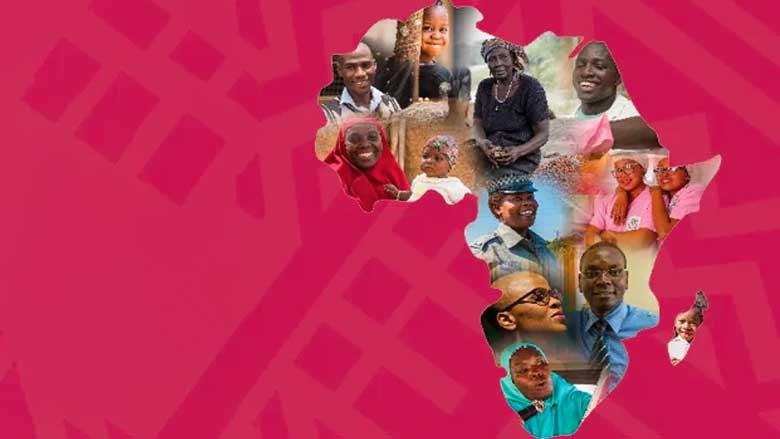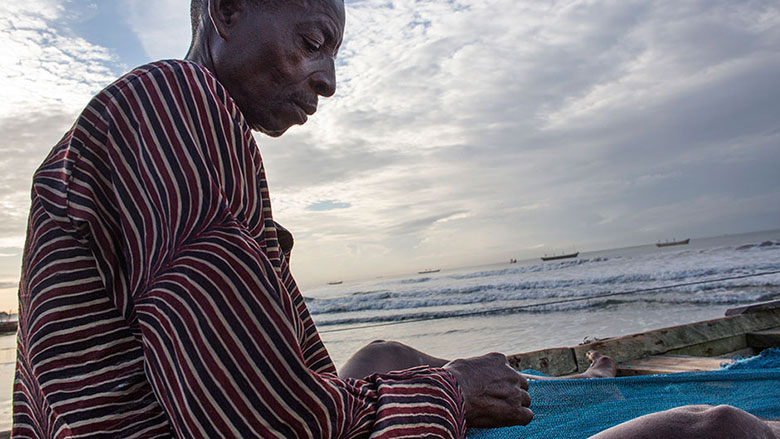Located in Southern Africa, Malawi is landlocked, sharing its borders with Mozambique, Zambia, and Tanzania. The country's estimated population is 21.1million (2023) with an annual growth rate of 2.6%.
Malawi remains one of the poorest countries in the world despite making significant economic and structural reforms to sustain economic growth. The economy is heavily dependent on agriculture, which employs over 80% of the population, and it is vulnerable to external shocks, particularly climatic shocks.
In January 2021, the government launched the Malawi 2063 Vision that aims to transform Malawi into a wealthy, self-reliant, industrialized upper-middle-income country, through a focus on agriculture commercialization, industrialization, and urbanization. The first 10-year implementation plan anchors the World Bank’s Country Partnership Framework FY21- FY25.
Political Context
Malawi has enjoyed sustained peace and stable governments since independence in 1964. One-party rule ended in 1993. Since then, multi-party presidential and parliamentary elections have been held every five years.
Malawi’s seventh tripartite elections were conducted in September 2025. Peter Mutharika of the Democratic Progressive Party (DPP) won the election with 56.8% of the votes against the incumbent Lazarus Chakwera of the Malawi Congress Party (MCP) who got 33%. The DPP won the election after being in opposition for only five years following their loss in the June 2020 presidential election. In 2014, Peter Mutharika won the election against President Joyce Banda, and this is the second time for him to be Malawi’s President, after a break of five years.
Economy
Malawi’s economy has endured persistent macroeconomic instability over the past decade due to unsustainable fiscal, monetary, and exchange rate policies, resulting in high inflation and declining living standards. In the past four years, Malawi’s economy has been marked by negative per-capita growth, persistent trade imbalances, elevated inflation, and chronic foreign exchange distortions.
Public debt remains in distress, as external debt restructuring is yet to be resolved. While notable progress has been made with official creditors, negotiations with commercial creditors remain ongoing. The resulting rise in debt service obligations is crowding out productive investment and constraining private sector growth. This is further exacerbated by exchange rate distortions that have resulted in severe challenges for firms to access foreign currency, limiting the importation of critical inputs for agriculture and manufacturing.
Malawi’s economy expanded modestly by 1.7% in 2024. Real GDP is projected to grow modestly by 1.9% in 2025, marking the fourth consecutive year of negative per capita growth, insufficient to improve household incomes or stimulate economic activity, maintaining high rates of poverty, with 75% of the population living on less than $3.00/day, one of the highest in the region. Real GDP growth is projected to reach 2.6% in 2026
Inflation remains stubbornly high, fueled by a succession of weak harvests. Fiscal deficits have also been very high, financed through costly domestic borrowing. The fiscal deficit widened to 9.1% of GDP in 2024, reflecting both revenue shortfalls and elevated expenditures, particularly on development projects and a rising public sector wage bill. The deficit was predominantly financed through costly domestic borrowing, with interest payments on domestic debt absorbing about 40% of domestic revenue.
The unsustainable fiscal policies have pushed the debt-to-GDP ratio over 90%, a level last seen prior to HIPC debt relief in 2006.
Last Updated: Oct 13, 2025








